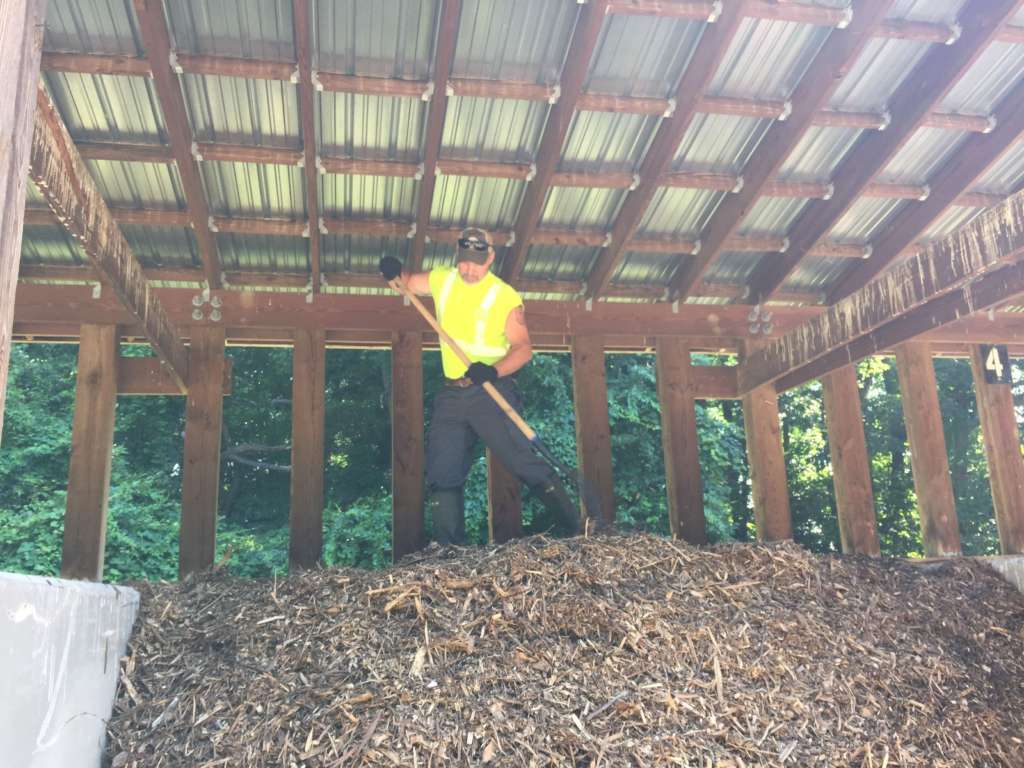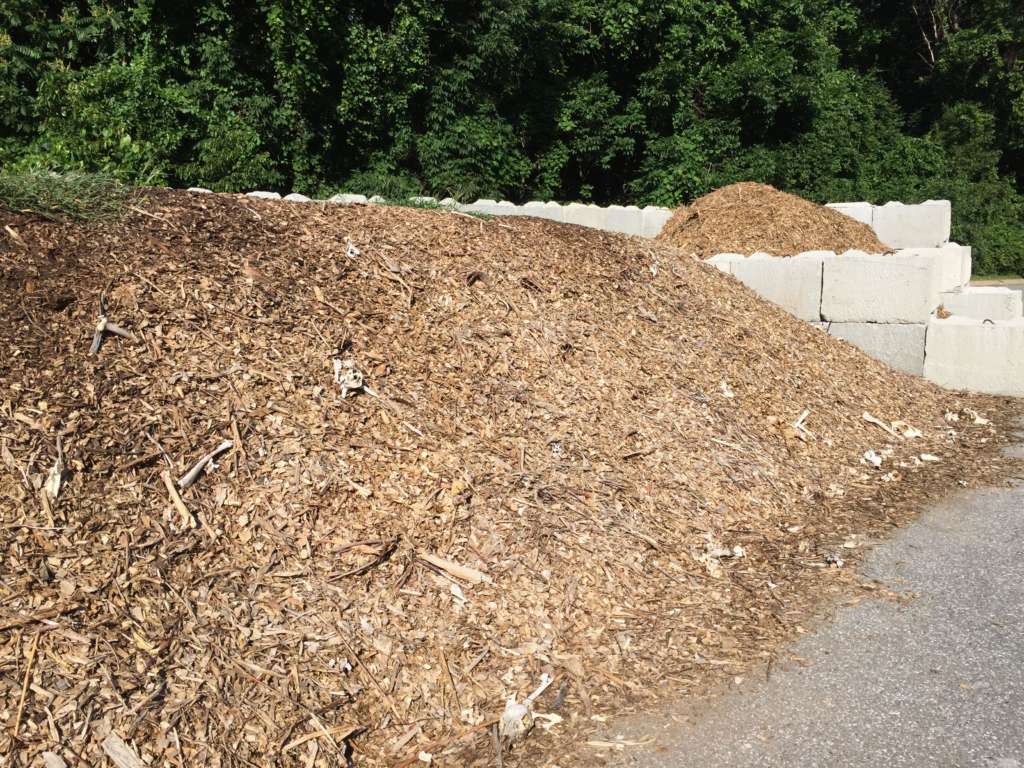FREDERICK, Md. — It’s a sad, but unavoidable fact: Many deer don’t make it to the other side when trying to cross busy roads and highways.
But those deer that don’t make it to the other side can help Maryland’s roadside plant life — as compost.
“I [saw] it Saturday, so it might be a little bit stinky,” said Jim Fogle, a team leader with Maryland’s State Highway Administration, as he drove to the location of a deer carcass near an Interstate 70 off-ramp near Frederick, Maryland.
As part of his job, Fogle retrieves dead deer and takes them to an SHA site near Mt. Airy, where the carcasses will be composted into wood chips.
As traffic raced by one day, Fogle stopped his yellow truck at the place where he had spotted the particular deer. It had been out in the hot sun for two or three days, and the smell was knee-buckling.
“When you get a holiday weekend, and it’s 100 degrees out, yeah, they get pretty bad,” Fogle said. “You better have a strong stomach for it.”
It used to be that the state simply buried dead deer along the side of the road where they were found, but some 15 years ago that practice changed.
“What we’re doing is recycling these deer,” said SHA spokesman Charlie Gischlar. “And after about nine months, we have a usable product that we can go out and stabilize soil with for planting of trees or big wildlife plantings.”
At the composting site, Fogle placed the deer on top of a big pile of wood chips using a front loader. With a pitchfork, he spread the wood chips over the deer until it could no longer be seen.

Once the carcass is covered, the smell virtually disappears. Something people who live in a group of houses nearby undoubtedly appreciate.
“We used to mix it with horse manure, and it gave out more of an odor,” Fogle said. “So we switched it. … We’re just using wood chips and it seems to be working fine now. We don’t get that odor, and so far we’ve been lucky with our neighbors. They’ve been fine with it,” he said.
With manure, Fogle said, higher temperatures are created inside the pile of chips. But even without it, he said, internal temperatures reach 80 to 90 degrees; and that’s enough to reduce the carcass to a little more than bones in about six months. The compost pile is used for roadside plantings.

Clearly, what Fogle does is not a job for everyone.
“I enjoy it,” he said, before adding with a chuckle, “Some people think I’m crazy.”
This is the smart thing to do with roadkill, and any animal carcasses for that matter.
Whenever my cat kills a mouse, or I find a dead bird near the house, I’ll put it in the compost pile.
Like any other organic material, it will break down into soil with enough time in a properly managed compost pile.
That’s funny that they tried using manure first- this is just more nitrogen and won’t help break down the deer effectively.
If he switches away from wood chips and over to leaves, grass and dead plants, he’ll shorten the composting process and improve his finished compost product, too.
Composting is a no-brainer 🙂
